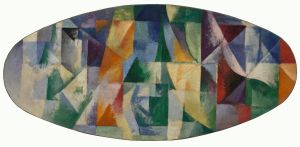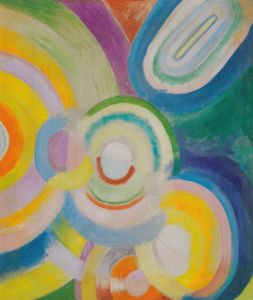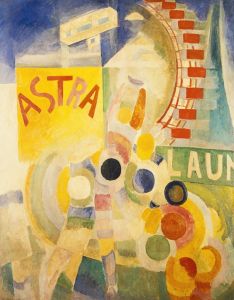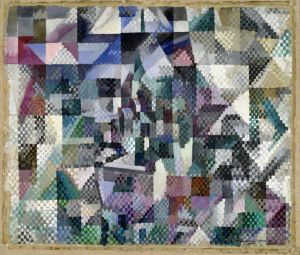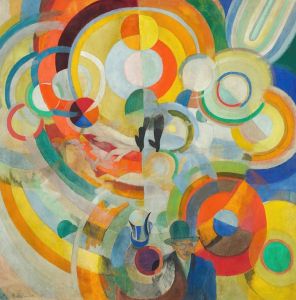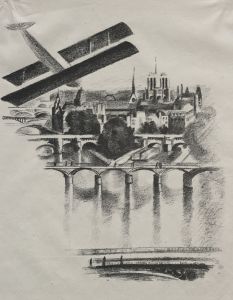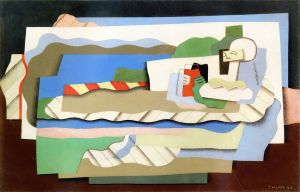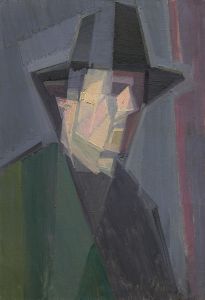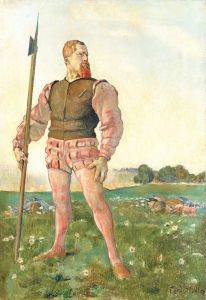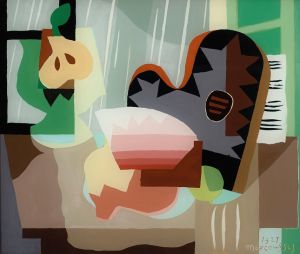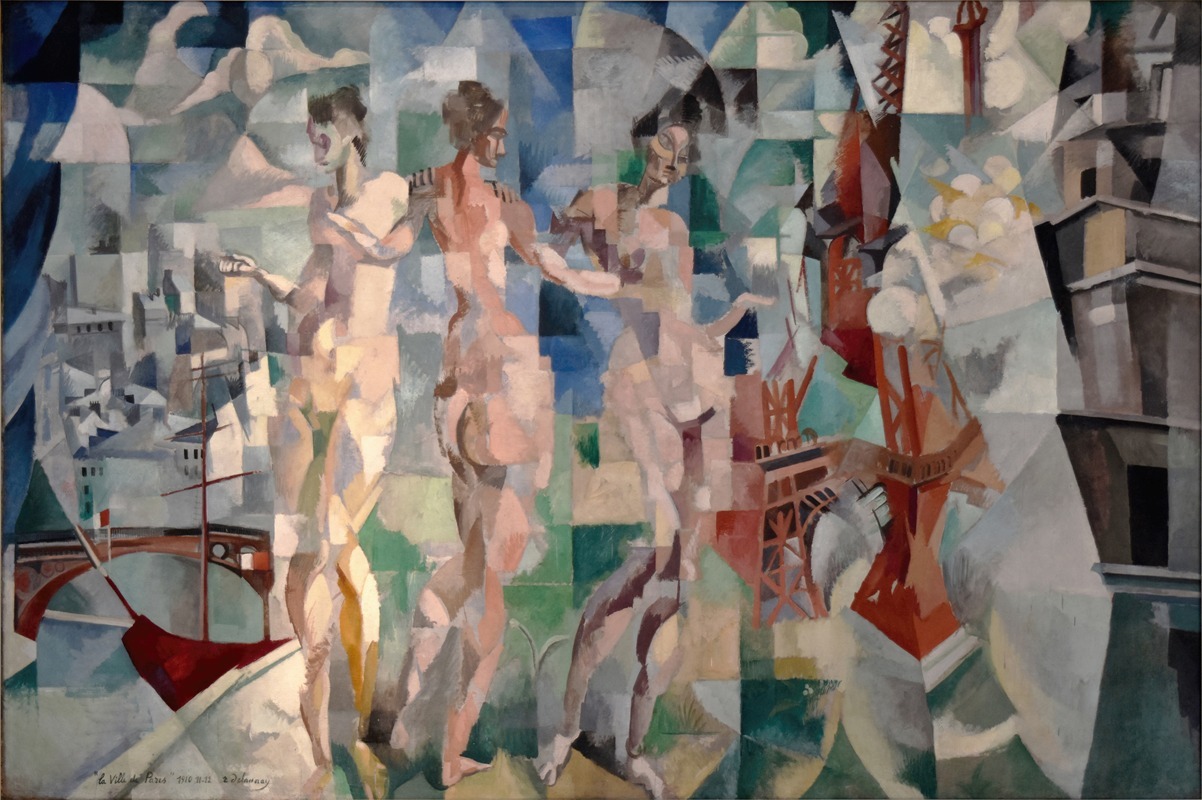
La Ville de Paris
A hand-painted replica of Robert Delaunay’s masterpiece La Ville de Paris, meticulously crafted by professional artists to capture the true essence of the original. Each piece is created with museum-quality canvas and rare mineral pigments, carefully painted by experienced artists with delicate brushstrokes and rich, layered colors to perfectly recreate the texture of the original artwork. Unlike machine-printed reproductions, this hand-painted version brings the painting to life, infused with the artist’s emotions and skill in every stroke. Whether for personal collection or home decoration, it instantly elevates the artistic atmosphere of any space.
Robert Delaunay's "La Ville de Paris" is a significant work in the realm of early 20th-century art, reflecting the artist's innovative approach to color and form. Painted in 1910-1912, this piece is part of Delaunay's exploration of the urban landscape, particularly focusing on the dynamic and modern city of Paris. Delaunay was a key figure in the Orphism movement, which emphasized the use of vibrant color and abstract forms to convey meaning and emotion, diverging from the more representational styles of the time.
"La Ville de Paris" is notable for its depiction of the city as a vibrant and living entity. The painting is characterized by its fragmented composition, where various elements of the cityscape are interwoven with figures and abstract forms. This approach reflects Delaunay's interest in simultaneity, a concept influenced by the Cubist movement, which sought to represent multiple perspectives within a single canvas. However, unlike Cubism, which often employed a muted palette, Delaunay's work is distinguished by its bold and vivid use of color.
The painting features several iconic Parisian landmarks, including the Eiffel Tower, which Delaunay frequently used as a symbol of modernity and technological progress. The tower is depicted alongside other elements of the city, creating a sense of movement and energy that captures the essence of Paris as a bustling metropolis. This portrayal aligns with the broader cultural fascination with urban life and technological advancement during the early 20th century.
Delaunay's technique in "La Ville de Paris" involves the use of overlapping planes and contrasting colors to create a sense of depth and rhythm. This method not only highlights the architectural features of the city but also evokes the sensory experience of being in Paris. The interplay of light and color in the painting reflects Delaunay's interest in the scientific theories of color and perception, particularly those of Michel-Eugène Chevreul and the concept of simultaneous contrast.
The painting is part of a larger series of works by Delaunay that explore the theme of the city and its relationship to modernity. Through these works, Delaunay sought to capture the spirit of the age, characterized by rapid industrialization and the emergence of new technologies. "La Ville de Paris" stands as a testament to Delaunay's innovative vision and his contribution to the development of abstract art.
Today, "La Ville de Paris" is recognized as an important example of early modernist painting. It reflects the broader artistic trends of the time, including the move towards abstraction and the exploration of new ways of seeing and representing the world. Delaunay's work continues to be celebrated for its bold use of color and its ability to convey the vibrancy and dynamism of urban life. The painting remains a significant piece within the context of art history, illustrating the transformative impact of modernism on the visual arts.






